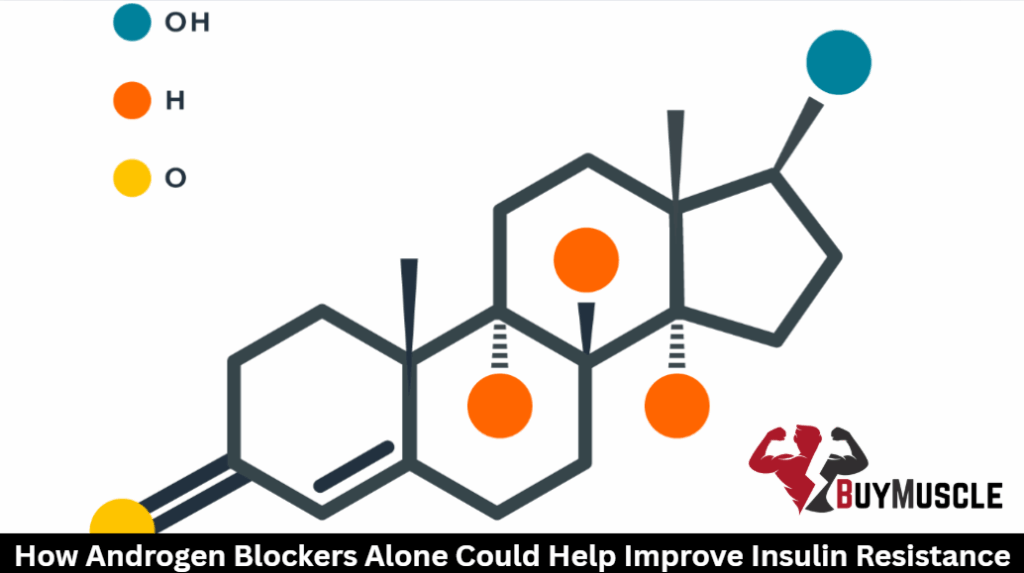How Androgen Blockers Alone Could Help Improve Insulin Resistance
If you’ve been struggling with insulin resistance, you might not have considered that androgen blockers could offer a surprising solution. These medications, typically associated with hormone-related treatments, might hold the key to enhancing your body’s insulin sensitivity. Targeting elevated androgen levels can potentially improve glucose metabolism. Curious about how this approach works and who might […]
How Androgen Blockers Alone Could Help Improve Insulin Resistance Read More »









